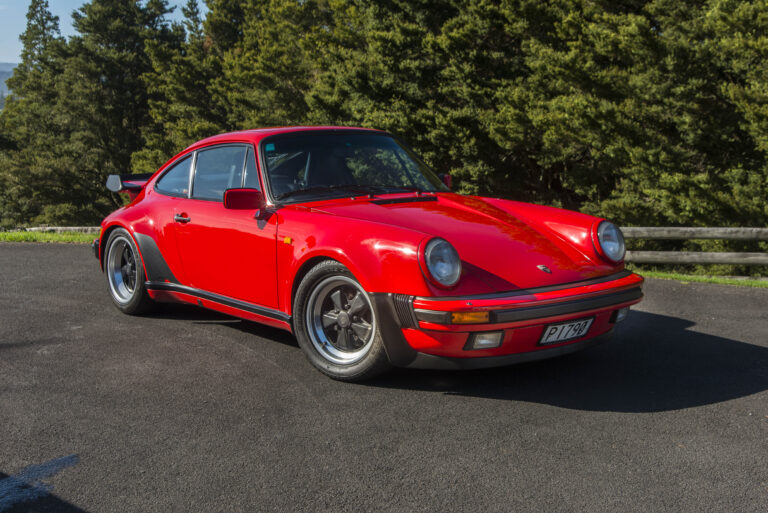
If you love cool cars and dealing with great people, then the team at Protecta Insurance may have the dream job waiting for you. Despite providing insurance cover for more than 30 years, the company has just had its biggest month ever, and the current staff level won’t be enough as the company continues to grow.
As you’ll likely know, Protecta isn’t your average boring insurance company, but one where the staff own, drive, and love classic and custom cars and motorbikes. It’s also the driving force behind the biggest monthly car meet in the country — Caffeine & Classics — as well as the sponsor of countless other events around the country.

If you’re knowledgeable and passionate, about both cars and offering a high level of customer service, Protecta has opportunities in Customer Service, Claims, and Sales available. So, if you think Protecta Insurance sounds like your sort of place to work, contact the team for a chat on [email protected] or call 0800 776 832.





